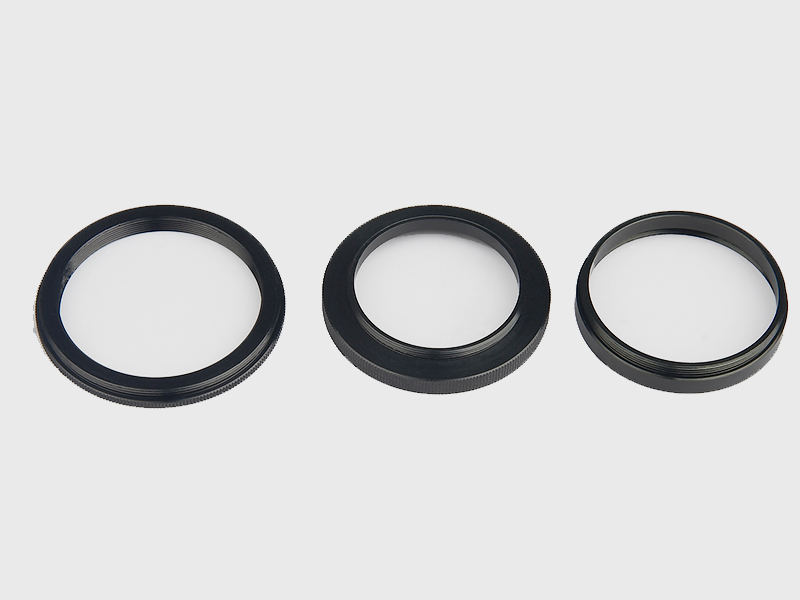CNC maching
We have a strong R&D team,and we can develop ...
The function of the eyepiece is to magnify the real image (intermediate image) magnified by the objective lens again, and reflect the object image into the eyes of the observer. In essence, the eyepiece is a magnifying glass. It is known that the resolution capability of a microscope is determined by the numerical aperture of the objective lens, while the eyepiece is only used for magnification. Therefore, for structures that cannot be distinguished by the objective lens, no matter how large the eyepiece is, it still cannot be distinguished.
Due to the different optical designs of different series of eyepieces, they cannot be mixed.
The eyepiece used for observation distinguishes its magnification according to its focal length. The longer the focal length of the eyepiece and the more numbers, the smaller the magnification and the larger the field of view.
Generally speaking, more than 40 mm is called a low-power eyepiece, which is suitable for observing low-light and dim celestial bodies such as nebulae, star clusters, and comets.
25mm-12mm, called medium power eyepiece, suitable for observing the moon surface, planets, double stars and bright nebula interior.
12mm-4mm is called high-power eyepiece, which is suitable for observing detailed craters on the lunar surface, planetary surfaces, and double stars.
Generally, commercially available telescopes are equipped with two or three eyepieces, which are divided into medium, high, low (such as 12mm, 6mm, 25mm) or medium and high magnification (such as 18mm, 6mm). If you have the opportunity, you should purchase a special low-power eyepiece with a 40mm telephoto lens. They are particularly effective when viewing nebulae and star clusters.
It is worth noting that the size of the ordinary eyepiece is 24.5 mm, and there are also three kinds of "big head" eyepieces with the size of 31.7 mm, 36.4 mm, and 50.8 mm. The diameter of the eyepiece becomes larger, and the eyepiece glass also becomes larger. Like a screen TV.

We have a strong R&D team,and we can develop ...